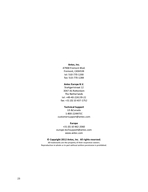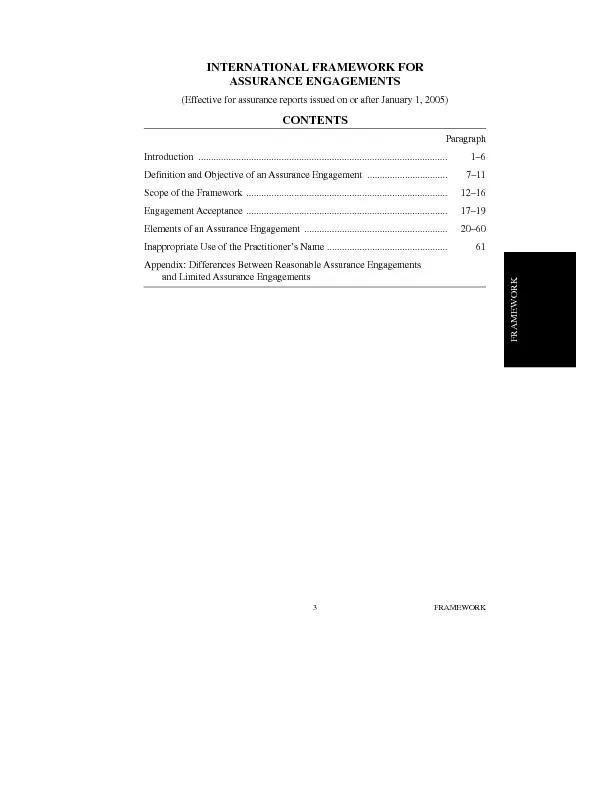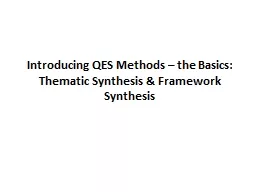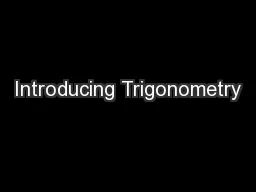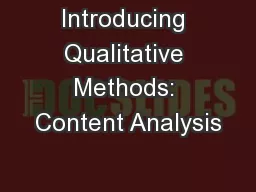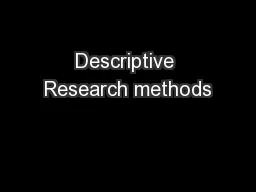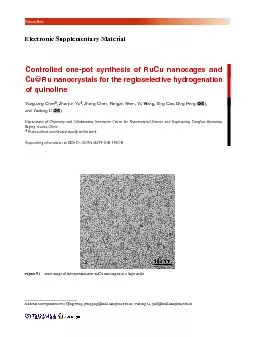PPT-9.45 am Introducing Three QES Methods – Framework Synthes
Author : pasty-toler | Published Date : 2016-07-24
Drs Andrew Booth and Chris Carroll Framework for systematic reviews of qualitative research Garside 2010 Stage Typical activities Developing research question Assemble
Presentation Embed Code
Download Presentation
Download Presentation The PPT/PDF document "9.45 am Introducing Three QES Methods �..." is the property of its rightful owner. Permission is granted to download and print the materials on this website for personal, non-commercial use only, and to display it on your personal computer provided you do not modify the materials and that you retain all copyright notices contained in the materials. By downloading content from our website, you accept the terms of this agreement.
9.45 am Introducing Three QES Methods – Framework Synthes: Transcript
Download Rules Of Document
"9.45 am Introducing Three QES Methods – Framework Synthes"The content belongs to its owner. You may download and print it for personal use, without modification, and keep all copyright notices. By downloading, you agree to these terms.
Related Documents


